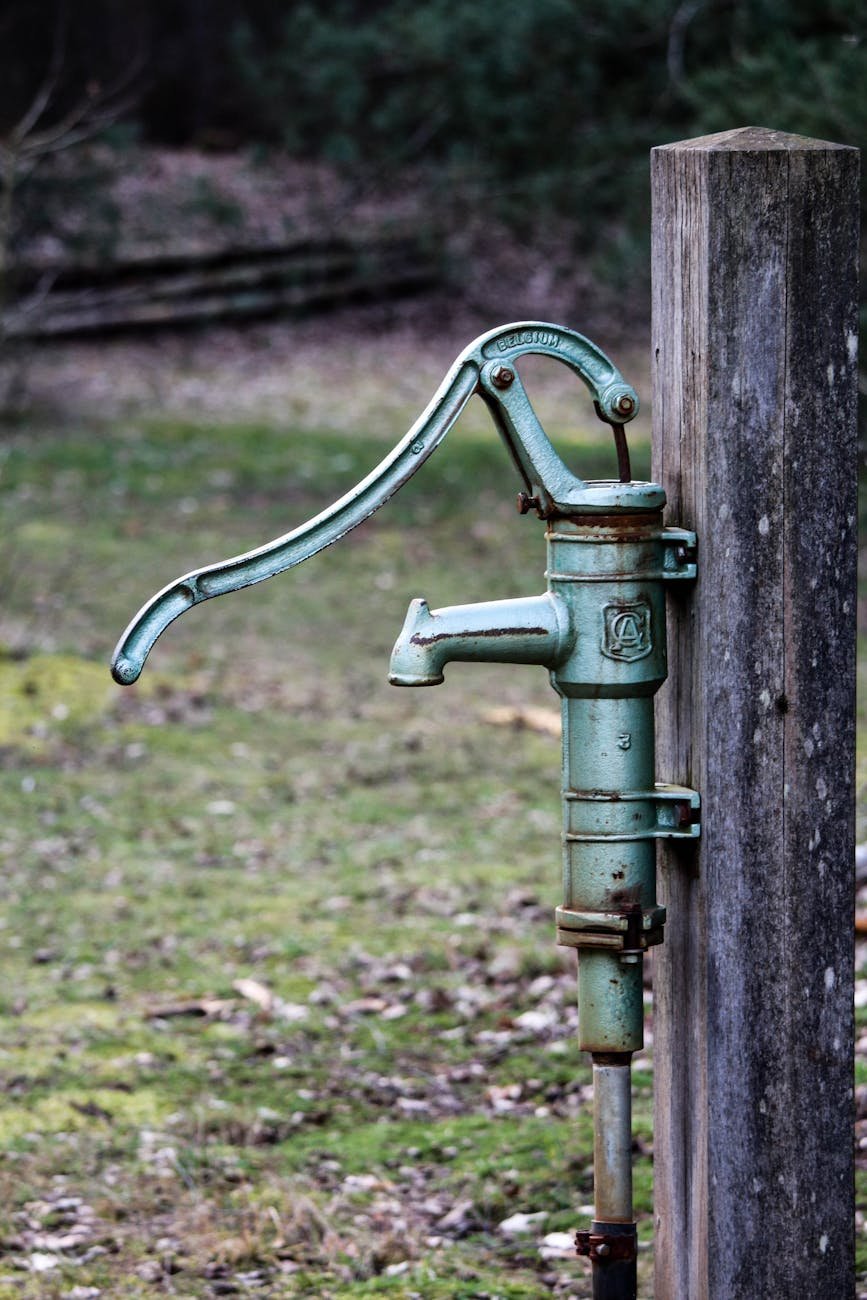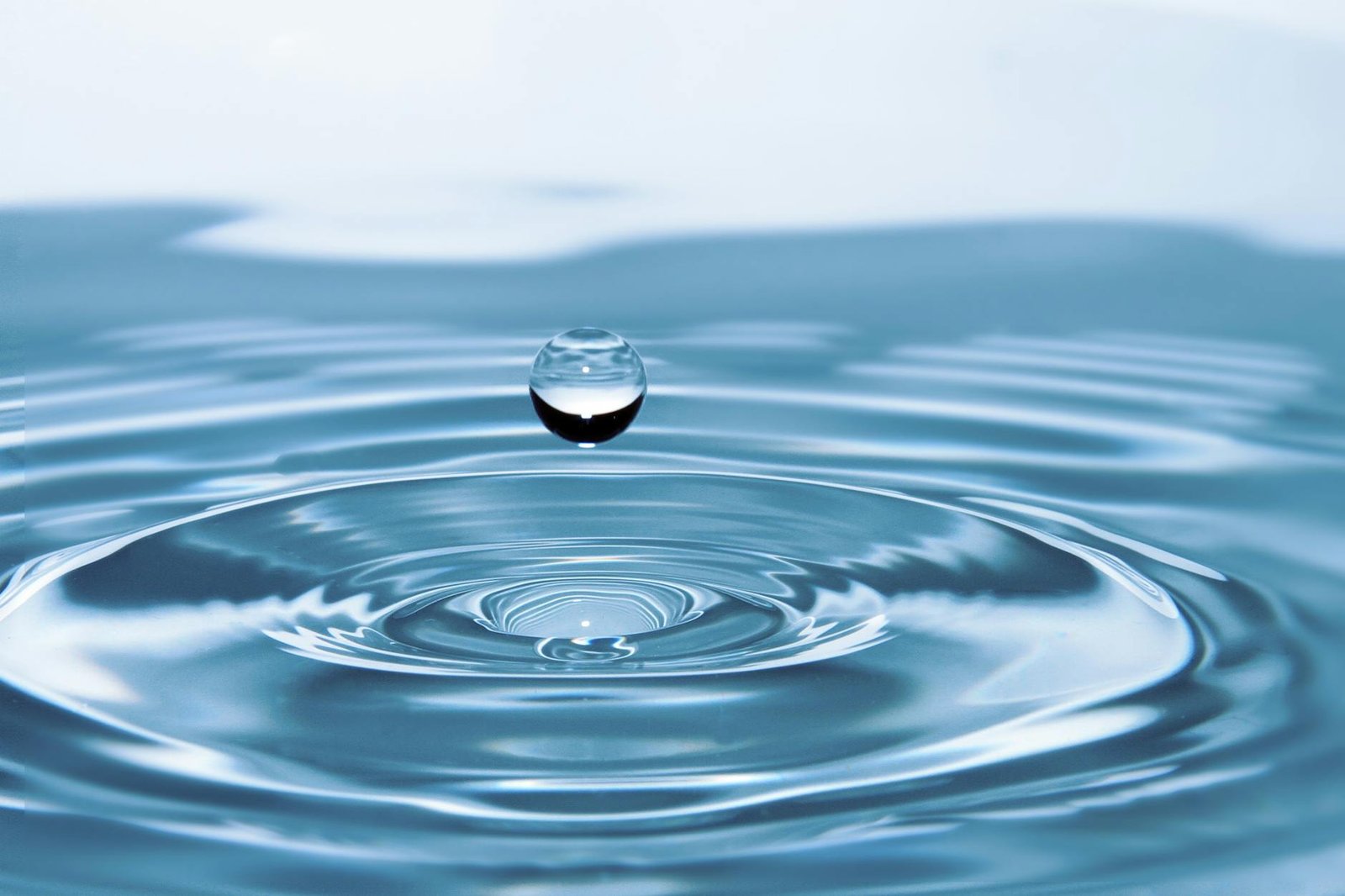Living off the grid can be incredibly rewarding, but it comes with its challenges. One of the biggest is ensuring a consistent and reliable water supply. Whether you’re preparing for an emergency, reducing your environmental footprint, or simply embracing a self-sufficient lifestyle, understanding off-grid water systems is crucial. In this guide, we’ll dive deep into various methods to secure your water supply, from rainwater harvesting to well systems and purification techniques.
Summary
This blog will cover different off-grid water systems, including rainwater harvesting, wells, natural springs, and water purification methods. It will provide detailed information on how to set up these systems, their benefits, and potential challenges. Ready to dive in? Let’s get started!
Why Consider Off-Grid Water Systems?
Self-Sufficiency and Independence
Going off the grid means taking control of your resources. By setting up your own water system, you can ensure a steady supply regardless of municipal issues or natural disasters.
Environmental Benefits
Off-grid water systems often rely on natural water cycles and can reduce your environmental footprint. They encourage sustainable practices and minimize water waste.
Cost Savings
While initial setup costs can be high, long-term savings are significant. Once your system is in place, you’ll have a virtually free water supply.
Rainwater Harvesting
How It Works
Rainwater harvesting involves collecting and storing rainwater for later use. It’s a simple yet effective method, especially in areas with regular rainfall.
Components Needed
- Catchment Area: Usually a roof or other surface.
- Gutters and Downspouts: Direct water to storage.
- Storage Tanks: Hold collected rainwater.
- Filtration System: Ensure the water is clean and safe to use.
Benefits
- Sustainable: Utilizes natural precipitation.
- Cost-Effective: Reduces reliance on external water sources.
- Versatile: Can be used for irrigation, drinking, and more.
Challenges
- Climate Dependent: Effectiveness varies with local rainfall.
- Initial Cost: Setting up a system can be expensive.
Wells and Boreholes
Types of Wells
- Dug Wells: Hand-dug, usually shallow.
- Drilled Wells: Deeper, requiring professional equipment.

Setting Up a Well
- Site Selection: Choose a location with ample groundwater.
- Drilling: Hire professionals for deeper wells.
- Pumping System: Essential for drawing water.
Benefits
- Reliable Supply: Access to groundwater.
- Long-Term Solution: Can last for decades with proper maintenance.
Challenges
- High Initial Cost: Especially for drilled wells.
- Maintenance: Requires regular checks to ensure water quality.
Natural Springs
Identifying a Spring
Natural springs occur where groundwater flows to the surface. They can be a great water source if you have one on your property.
Capturing Spring Water
- Spring Box: Collects and stores water.
- Piping: Directs water to your storage system.
Benefits
- Natural Source: Often very pure.
- Constant Supply: Usually provides a steady flow.
Challenges
- Location-Specific: Not everyone has access to a spring.
- Contamination Risk: Needs regular testing.
Water Purification Methods
Filtration Systems
- Activated Carbon Filters: Remove contaminants and improve taste.
- Ceramic Filters: Effective against bacteria and protozoa.
UV Purification
Uses ultraviolet light to kill pathogens. It’s efficient and easy to use but requires a power source.
Boiling
Simple and effective, boiling kills most pathogens. However, it requires fuel and time.
Chemical Treatments
- Chlorine: Widely used but can leave an aftertaste.
- Iodine: Effective but not suitable for long-term use.
Conclusion
Securing a reliable off-grid water supply is essential for self-sufficiency. Whether you opt for rainwater harvesting, wells, or natural springs, each method has its benefits and challenges. Combine these with effective purification methods, and you’ll be well on your way to a sustainable, independent lifestyle. Ready to make the leap? Start planning your off-grid water system today and enjoy the peace of mind that comes with self-sufficiency.
FAQs
What is the best off-grid water system? It depends on your location and needs. Rainwater harvesting is great for areas with regular rainfall, while wells are ideal for long-term water supply.
How much does it cost to set up a well? Costs vary widely, but drilled wells can range from $5,000 to $15,000, depending on depth and location.
Is rainwater safe to drink? With proper filtration and purification, rainwater can be made safe for drinking.
How often should I test my water? Test at least once a year, or more frequently if you notice changes in taste, color, or odor.
Can I use solar power for UV purification? Yes, solar power can be used to run UV purification systems, making them a great option for off-grid living.

